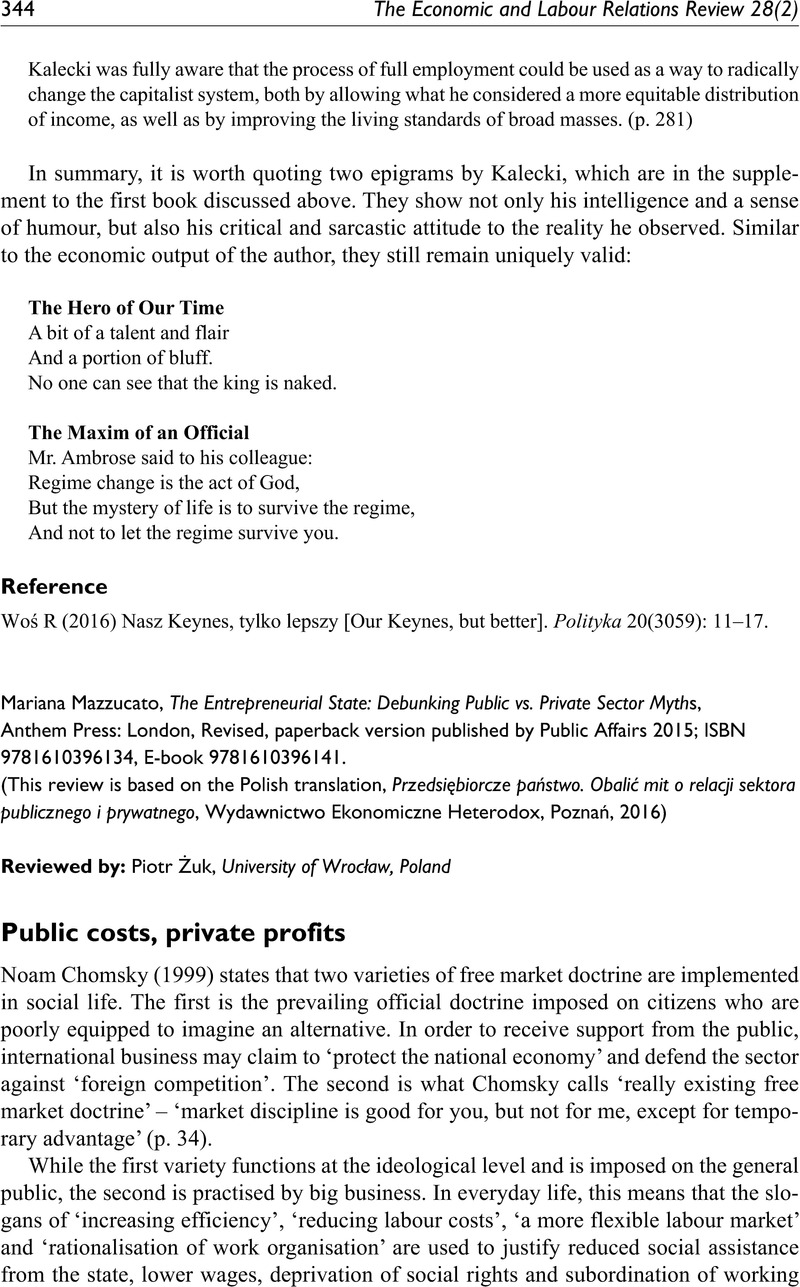Żuk, P,
Żuk, P
(
2015)
Zarządzanie strachem i przemysłem bezpieczeństwa. Władza i kontrola społeczna w społeczeństwie mas [Management of fear and security industry. Power and social control in a society of the masses]. In:
Żuk, P,
Żuk, P
(eds)
O kulturze strachu i przemyśle bezpieczeństwa [The Culture of Fear and Security Industry].
Warszawa:
Oficyna Naukowa, pp.
7–
10.
Google Scholar 